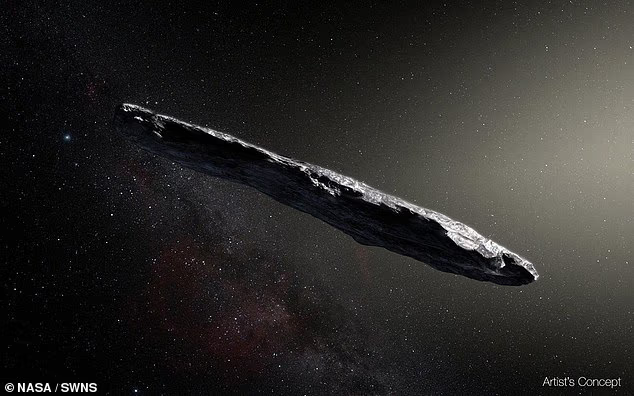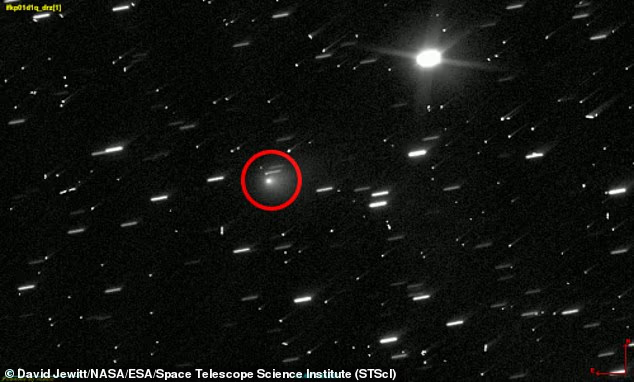Astronomers have shared a striking new update about the enigmatic interstellar object known as 3I/ATLAS, currently streaking through our solar system. Leveraging data from the Vera C. Rubin Observatory, researchers have determined the object’s immense scale—measuring approximately seven miles (11.2 kilometers) in diameter. That’s larger than Mount Everest, making it the biggest interstellar visitor ever detected.
Harvard theoretical physicist and cosmologist Professor Avi Loeb has floated a controversial theory: 3I/ATLAS might be an alien spacecraft. However, other experts strongly disagree. Oxford University astronomer Chris Lintott dismissed such claims as “nonsense on stilts,” arguing that such speculation detracts from the important scientific work being done to understand this rare object.

Interestingly, images of 3I/ATLAS were captured by the Vera C. Rubin Observatory even before the object was officially discovered. After it was identified on July 1, astronomers began combing through earlier data to learn more about it.
A recent study, posted on the preprint server arXiv and authored by over 200 scientists, confirmed the estimated size of the object’s nucleus—the solid core at the heart of the comet. According to their analysis, the nucleus has a radius of about 3.5 miles (5.6 km), translating to a full diameter of 7 miles (11.2 km). For comparison, Mount Everest stands around 5.4 miles tall, and Mount Kilimanjaro reaches 3.6 miles—both smaller than this cosmic traveler.
With its massive size, 3I/ATLAS surpasses the two previously confirmed interstellar objects: ‘Oumuamua, discovered in 2017 and estimated to be just 0.2 miles (0.4 km) wide, and Comet Borisov from 2019, which measured roughly 0.6 miles (1 km) across.
In addition to size, scientists have gathered information about the object’s coma—the glowing halo of ice, dust, and gas that envelops it. Based on available images, they believe 3I/ATLAS contains significant amounts of dust and ice, suggesting it is a natural comet rather than an alien probe.

Despite this, Professor Loeb remains intrigued by the object’s high velocity—estimated at 130,000 mph (around 60 kilometers per second). He argues that such speed is difficult to explain through natural means and may point to some kind of technological origin.
“It’s hard to imagine a natural mechanism that would send an object hurtling toward the inner solar system at such speed,” Loeb stated. “One possibility is that it’s guided by some form of intelligent design.”
For now, however, the scientific consensus leans toward a natural explanation. 3I/ATLAS remains a fascinating and mysterious visitor—but most likely not one sent by aliens.



